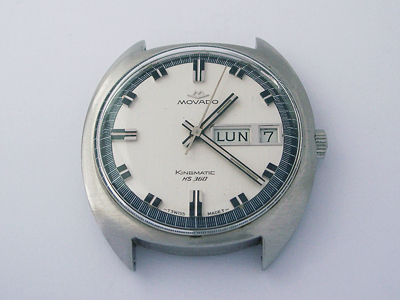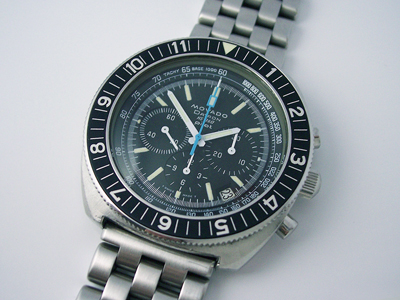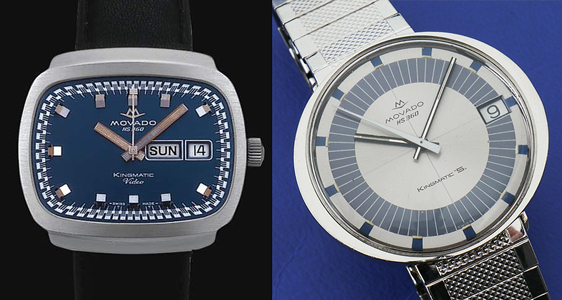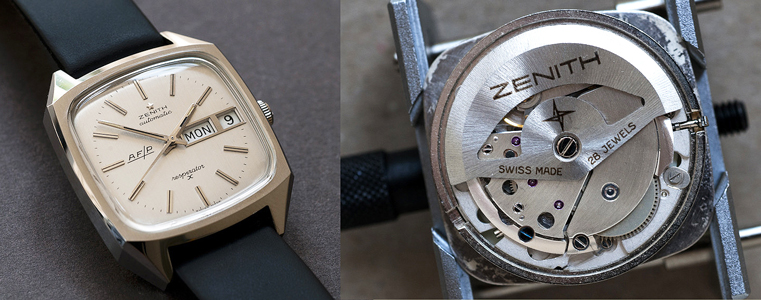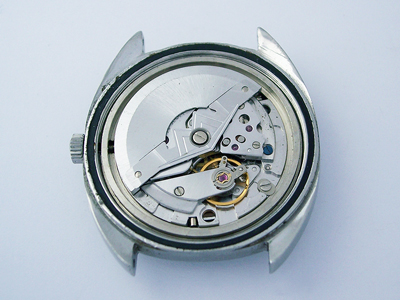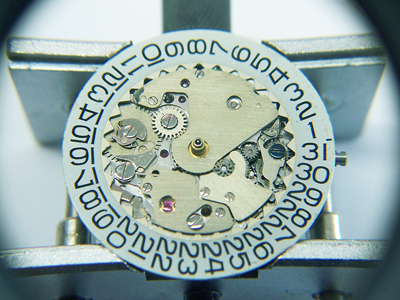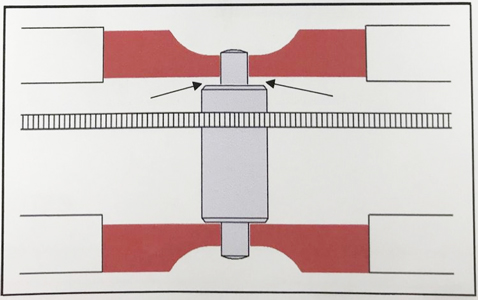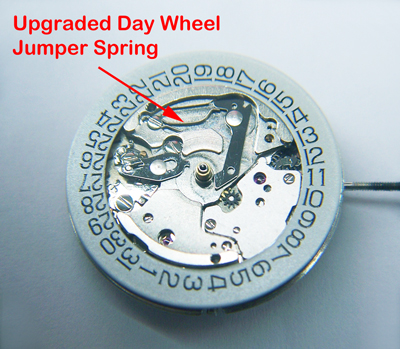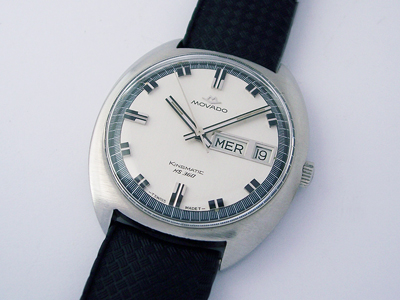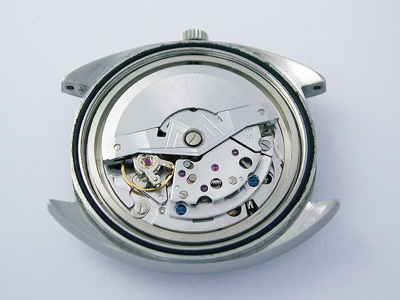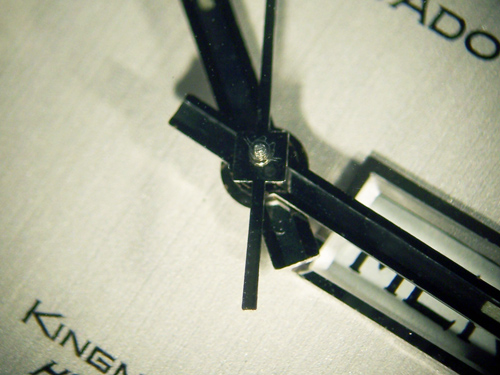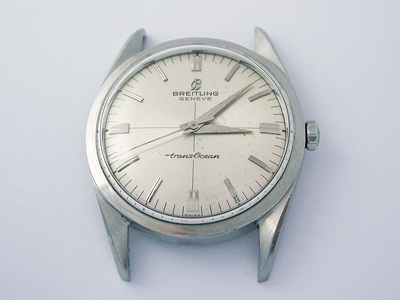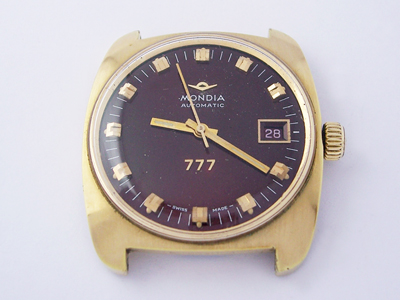It’s been over a decade since I wrote about a Movado HS360 on the blog, so let’s have a look at this handsome Kingmatic model.
(Click pictures to enlarge)
The HS360 line was produced during the Mondia-Zenith-Movado partnership and represented Movado’s high-beat offerings to the market.
The late 1960’s and early 70’s were the golden years of high-beat calibre production when a small number of manufacturers, 12 to be precise, were pushing the envelope in an attempt to increase accuracy by doubling the beat rate from 18,000 bph (beats per hour), which had been the industry standard for the first half of the 20th century, to 36,000 bph.
If you’ve had the pleasure of handling a watch with a high-beat calibre, the increase from 5 to 10 ‘steps’ per second results in a very pleasing second hand action as it sweeps majestically around the dial. It isn’t however without it’s compromises as more beats require more power delivery through the train, resulting in the need for careful lubrication, and the potential for higher wear rates.
The HS360 range comprised dress watches and formal and diver’s chronographs, though curiously no regular three-handed dive watches. At the upper end of the range were the chronograph models which were powered by Zenith’s legendary ‘El-Primero’ high-beat chronograph calibre, the cal. 3019, with the range topper being, arguably (size rules!), the Datron HS360 Pilot.
The dress watches were all automatic models under the Kingmatic banner, with a curious ensemble of sub-brand names such as ‘Sub-Sea’, ‘S’, ‘Surf’, ‘Surf 360’, ‘Video’, and there may well be others. As products of the early 70’s some of the designs were unsurprisingly a bit daring.
All of the dress watches were powered by Movado’s 38x or 40x series calibres, which were near identical apart from a slightly different micro-regulation system, and the inclusion of a limited quickset for the day wheel on the 40x series. All calibres had the aforementioned rate of 36,000 bph, were available in 17 or 28 jewel variants, and had either a time-only, day or day/date format.
As was common during the Mondia-Zenith-Movado period, the 40x series calibres were also shared with Zenith who fitted them with Zenith branded rotors in their high-beat Defy, AF/P, and AF/P Respirator ranges.
The watch in this post arrived in good cosmetic condition but had a lazy calendar mechanism, and would only run for a short time, even when fully wound. Inside the watch is a 28 jewel, day/date, cal. 388, which although relatively clean, obviously hadn’t been serviced for quite some time judging by the condition of the oils.
With the dial and hands removed, the first thing to note is that the date ring takes up the full width of the movement, which is unusual, so the dial side components have to be removed first before the movement can be secured in a movement holder for the train side disassembly.
I was fully expecting that the problems were all being caused by the old oils, but unfortunately not. When rebuilding I found that all the endshakes for the train wheels had been severely reduced by a previous watchmaker, causing the train to bind.
The term “endshake” refers to the amount of up and down motion a train wheel has between the jewels of the mainplate and train bridge.
(Picture: Simplifying The Art Of Endshake)
Too much endshake and the interlocking teeth of the wheels can fall out of alignment (one too high, one too low), too little endshake and the wheel binds between the jewels causing additional friction, which was the case here.
With the endshakes for all the train wheels adjusted and everything back in good working order, the rest of the train side of the calibre was rebuilt and ran just as expected.
The problem with the calendar however, persisted. The day wheel advance was very weak, limping into position, and was even worse when the dial and a dial washer in place, where it would fail to advance completely. I’ve had this problem in the past with these calibres, and found that replacing the day wheel jumper spring with a more substantial item solves the problem, so is something to consider if you’re having the same issue with one of these.
With the technical problems resolved, the case was cleaned, crystal polished, a new caseback gasket fitted to finish the job.
One last thing worth noting is that, like Omega and several other manufacturers, original Movado acrylic crystals are embossed with their logo in the centre, so be sure to check that if you’re looking for an all-original example.
Rich.
** Many thanks to Kai Chew for letting me feature his watch on the blog. **

